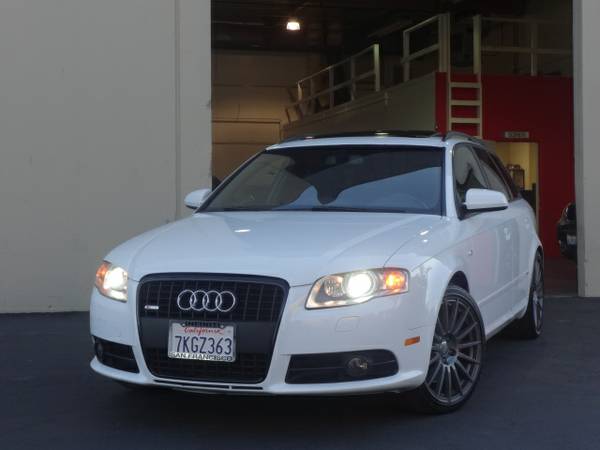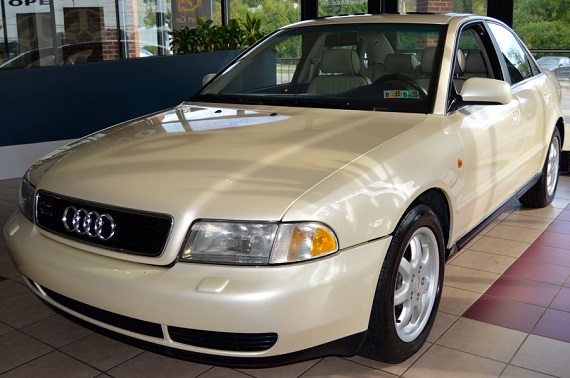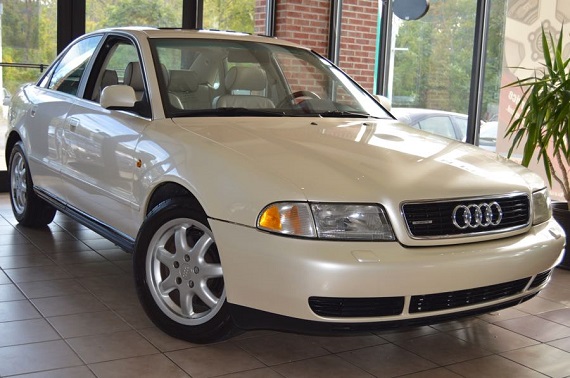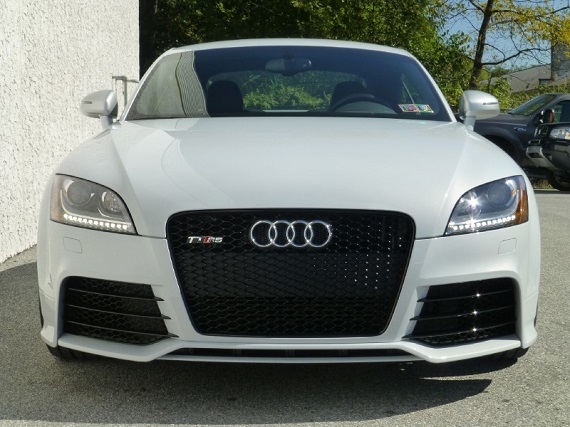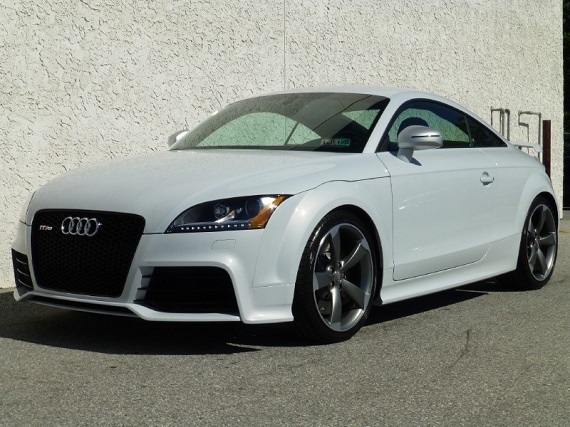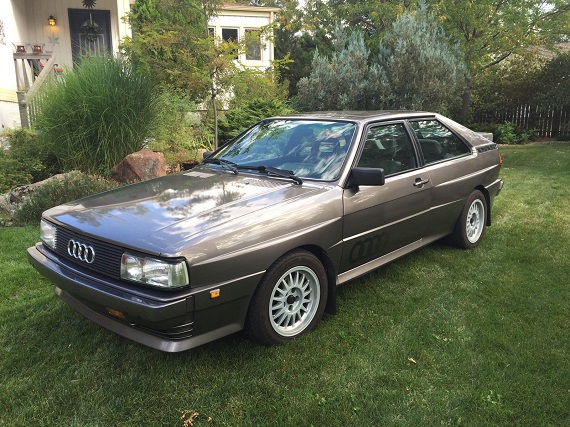Following up on yesterday’s super-loaded A4 I’ve moved forward a decade to the last of the B7 series cars. Between the B5 and B7 generation cars, Audi made significant improvements to their small car, with more upscale and tech-heavy interiors and impressive power output from the new line of motors. While the A4 was introduced with the 172 horsepower 12 valve V6, by the B7 generation the lump had grown to 3.2 liters with the new “FSi” direct injection. While the B5 generation had introduced 5 valve technology as we saw yesterday, the B6/7 went back to 4 valves per a cylinder with variable intake manifolds. The result was impressive; despite the small bump in displacement, the 3.2 FSi motor produced 255 horsepower; more than the B5 S4 came to market with. Audi backed up the performance with its new “sport” designation, the S-Line package. That added the 1BE sport suspension, the sport steering wheel (with paddle shifters for Tiptronic-equipped models), and special aluminum trim. If there was one downside to the S-Line package, it was that you could only get it with black interiors – unlike the vibrant color combination we saw yesterday. To make up for that in some regards, Audi then offered an even more premium exterior option; the Titanium Package. Selecting that option would equip your A4 with 18 inch quattro GmbH Ronal multi-spoke alloys in Titanium and blacked out trim both inside and out. Generally, these S-Line Titanium Avants are considered the most desirable A4 Avants made – and for some, they’re more special than even the S4 Avant:
Category: Audi
There aren’t too many cars that I look at today and think that down the road they’ll be viable used cars. I can look back at the previous tech-heavy generation cars for the trends of what will occur – take the BMW E31 for example. Sure, it’s a really neat looking car, and the lure of the V12 is made even more appealing since you could get a manual transmission. But then there are the horror stories of the 15 or more computers that it takes to run all of the electronic systems, and I wonder how people will keep them running in the future. That’s even more compounded when you look at newer models. For example, about a month ago I took a trip out to Coventry Motorcar and drove their modified CL65 AMG. It was when new, and still is today, an amazing car with every sort of electronic gizmo possible, from heated, cooled and massaging seats to the twin-turbo V12 under the hood. It’s as if Mercedes-Benz took a Brookstone catalog and attached it to a Saturn V rocket. But can you imagine maintaining that car as it creeps towards 120,000 miles? I certainly can’t, and it’s a feeling I have about nearly all new luxury German cars.
There are a few exceptions, even in my favorite brand of Audi. While I’m not a fan of most of the models they’ve come out with recently in general, there are a few special ones that I’d consider owning down the road. It’s not that I don’t like or admire the cars; the performance of the new generation motors is stunning and the interiors and exteriors are, I think, the best in the business. It’s that I just can’t contemplate how you’d keep a new S8 running down the road. Having owned cutting edge, tech heavy Audis in the past, it’s a recipe that I would be concerned with in the future. I might make an exception, though, for a car like the this:
CLICK FOR DETAILS: 2013 Audi TTRS on eBay
1 CommentIf you were a gentleman racer over the best part of the past decade and a half, there was only one natural choice for your steed; the Porsche 911 GT3 Cup car was, and still is, the most popular choice for factory supported full race cars to buy brand new. But we can thank the success of the Cup formula for an entirely new lineup of racers, from the Lamborghini Super Trofeo to the track-oriented Laguna Seca Mustangs. In the FIA mandated GT3 field, the advent of the Pro/Am designations have similarly diversified the field from the standard Porsches to new entrants, from the seemingly outrageous Bentley Continental GT3 to the Aston Martin Vantage GT3. But while those names may seem like newcomers on the international circuits, the reality is that both the heritage of Bentley and Aston Martin lay exactly with those gentleman racers. No, the real newcomer to the block is the Audi R8; a name steeped in Le Mans history but a chassis built for the street, the GT3 effort resulted in the popular and sonorous R8 LMS Ultra, as Audi shifted its focus from showcasing quattro all-wheel drive in racing to the lightweight technology incorporated into the new mid-engined racer:
